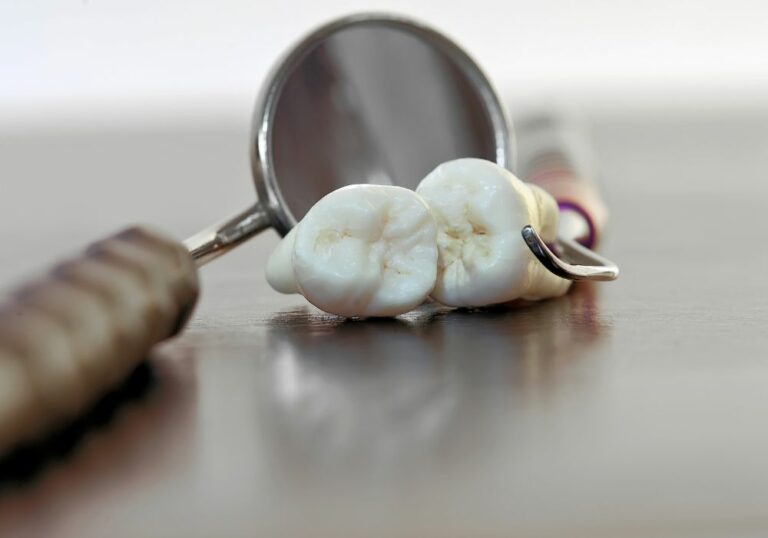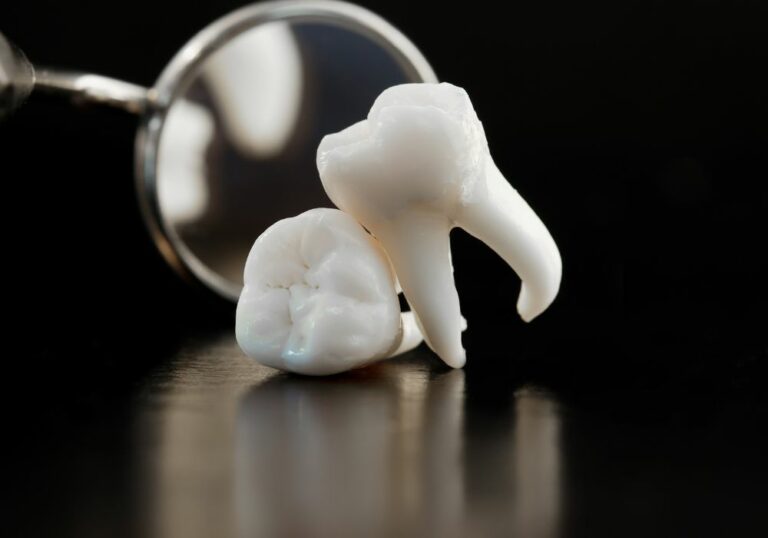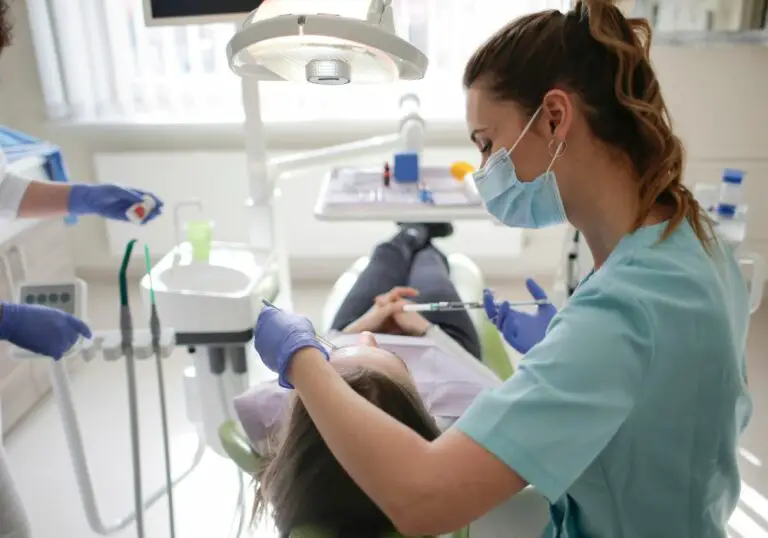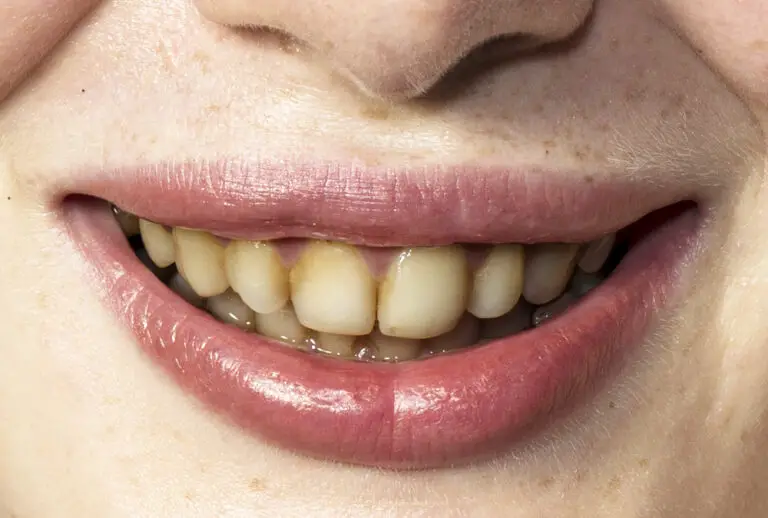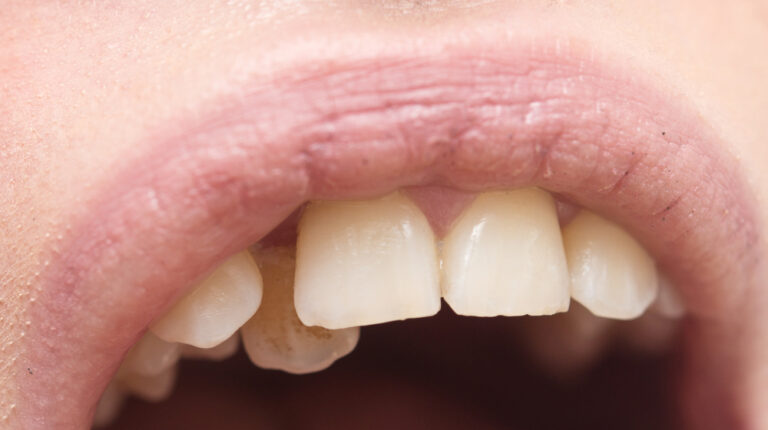Are you struggling with really bad teeth and not sure what to do? Don’t worry, you’re not alone. Many people experience dental issues at some point in their lives, whether it’s due to poor oral hygiene, genetics, or other factors. The good news is that there are several options available to help improve the health and appearance of your teeth.
One option is dental implants. If your underlying bone has deteriorated to the point where it’s unable to support a dental implant, you may still be a candidate for implants. Bone loss can also contribute to problems like tooth misalignment, tooth crowding, and a general sunken appearance of the face. Another option is a bone graft or sinus lift, which can help rebuild lost bone and provide a stable foundation for dental implants.
Regular dental visits and good brushing and flossing habits are your best protection against cavities and tooth decay. If you already have cavities or tooth decay, the treatment will depend on the extent and location of the decay. In some cases, a filling may be sufficient, while in other cases, a root canal or extraction may be necessary. It’s important to address cavities and tooth decay as soon as possible to prevent further damage to your teeth and gums.
Understanding the Severity of Your Dental Issues
If you’re dealing with dental problems, it’s important to understand the severity of your issues to determine the best course of action. Here are some common dental issues and their severity levels:
Tooth Decay
Tooth decay is a common dental issue that occurs when bacteria in your mouth create acids that damage your teeth. If left untreated, it can lead to cavities, dental abscesses, or even tooth loss. The severity of your tooth decay depends on the stage of decay. The five stages of tooth decay are:
- Stage 1: White Spots
- Stage 2: Enamel Decay
- Stage 3: Dentin Decay
- Stage 4: Pulp Damage
- Stage 5: Abscess Formation
The earlier you catch tooth decay, the easier it is to treat. Regular dental checkups can help catch tooth decay in its early stages.
Malocclusion
Malocclusion is a condition where your teeth are misaligned. This can lead to oral health complications if left untreated. The severity of your malocclusion depends on the degree of misalignment. Some common types of malocclusion include:
- Crowded teeth
- Crossbite
- Overbite
- Underbite
If your malocclusion is severe, it may require orthodontic treatment such as braces or Invisalign.
Gum Disease
Gum disease is a common dental issue that occurs when bacteria in your mouth cause inflammation and infection of your gums. The severity of your gum disease depends on the stage of the disease. The three stages of gum disease are:
- Gingivitis
- Periodontitis
- Advanced periodontitis
If left untreated, gum disease can lead to tooth loss and other serious health issues. Regular dental checkups and good oral hygiene can help prevent gum disease.
Missing Teeth
Missing teeth can occur due to injury, decay, or other dental issues. The severity of your missing teeth depends on the number of missing teeth and their location. Missing teeth can cause problems with eating, speaking, and self-confidence. Treatment options for missing teeth include dental implants, bridges, and dentures.
Understanding the severity of your dental issues can help you determine the best course of action for treatment. Regular dental checkups and good oral hygiene can help prevent many dental issues from becoming severe.
Warning Signs of Severe Dental Problems

If you are experiencing severe dental problems, it is important to seek professional dental care as soon as possible. Here are some warning signs that you may have severe dental problems:
Tooth Pain
Tooth pain is a common sign of severe dental problems. If you are experiencing constant or severe tooth pain, it may be a sign of a cavity, infection, or abscess. Other signs of tooth pain include sensitivity to hot or cold temperatures, pain when chewing, and pain that wakes you up at night.
Swollen Gums
Swollen, red, or bleeding gums are another sign of severe dental problems. These symptoms may be a sign of gum disease, which can lead to tooth loss if left untreated. Other signs of gum disease include bad breath, receding gums, and loose teeth.
Bad Breath
Bad breath is a common sign of severe dental problems. If you have persistent bad breath despite brushing and flossing regularly, it may be a sign of gum disease or tooth decay. Other signs of bad breath include a bad taste in your mouth and a dry mouth.
If you are experiencing any of these warning signs, it is important to schedule an appointment with your dentist as soon as possible. Your dentist can diagnose and treat your dental problems before they become more severe. Remember, early detection and treatment is key to maintaining good oral health.
Consulting a Dental Professional
If you have really bad teeth, it’s important to consult a dental professional to get a proper diagnosis and treatment plan. Here are some things to keep in mind when seeking dental care:
Regular Dental Check-Ups
Regular dental check-ups are important for maintaining good oral health, especially if you have bad teeth. Your dentist can identify problems early on and provide treatment before they become more serious. During a check-up, your dentist will examine your teeth and gums, take X-rays if necessary, and clean your teeth to remove plaque and tartar buildup.
It’s recommended that you see a dentist at least once every six months, but if you have bad teeth, you may need to see your dentist more frequently. Your dentist can advise you on how often you should schedule appointments.
Emergency Dental Visits
If you experience severe pain, swelling, or bleeding in your mouth, it’s important to seek emergency dental care right away. Some dental problems, such as abscesses or broken teeth, require immediate attention to prevent further damage or infection.
If you have a dental emergency, call your dentist’s office or an emergency dental clinic as soon as possible. They can provide advice on how to manage your symptoms until you can be seen by a dental professional.
Remember, consulting a dental professional is the best way to address your dental problems. Don’t wait until your teeth are in worse shape to seek treatment. With proper care and attention, you can improve your oral health and maintain a healthy smile.
Treatment Options for Bad Teeth

If you have bad teeth, there are several treatment options available to help restore your smile. Treatment options for bad teeth can be divided into three categories: restorative dentistry, cosmetic dentistry, and oral surgery.
Restorative Dentistry
Restorative dentistry is focused on repairing damaged teeth and restoring their function. The following are common restorative dentistry procedures:
- Fillings: If you have a cavity, your dentist may recommend a filling to repair the tooth.
- Crowns: Crowns are used to cover a damaged or decayed tooth to restore its shape, size, and strength.
- Bridges: Bridges are used to replace one or more missing teeth by attaching an artificial tooth to adjacent natural teeth.
- Dentures: Dentures are removable appliances used to replace missing teeth.
- Dental Implants: Dental implants are artificial tooth roots that are surgically placed into the jawbone to support a replacement tooth or bridge.
Cosmetic Dentistry
Cosmetic dentistry is focused on improving the appearance of your teeth. The following are common cosmetic dentistry procedures:
- Teeth Whitening: Teeth whitening is a popular cosmetic dentistry procedure that can help brighten discolored or stained teeth.
- Veneers: Veneers are thin shells that are placed over the front of teeth to improve their appearance.
- Bonding: Bonding is a procedure in which a tooth-colored resin is applied to the tooth and then hardened with a special light to improve its appearance.
Oral Surgery
Oral surgery is focused on correcting more serious dental problems. The following are common oral surgery procedures:
- Tooth Extraction: Tooth extraction is the removal of a tooth from its socket in the bone.
- Root Canal: Root canal therapy is used to treat a tooth that has become infected or inflamed.
- Gum Surgery: Gum surgery is used to treat gum disease and can involve removing infected tissue, reshaping the gums, or grafting tissue onto the gums.
Remember, the best treatment option for your bad teeth will depend on the severity of your dental problems and your individual needs. Be sure to consult with your dentist to determine the best course of treatment for you.
Preventative Measures
Taking preventative measures can help improve the health of your teeth and prevent further damage. Here are some important steps you can take to maintain good oral health:
Daily Oral Hygiene
Brush your teeth at least twice a day with a fluoride toothpaste and floss daily to remove plaque and food particles from between your teeth. Use mouthwash to kill bacteria and freshen your breath. It’s also important to brush your tongue to remove bacteria that can cause bad breath.
Healthy Diet
Eating a healthy diet with plenty of fruits and vegetables can help improve the health of your teeth. Avoid sugary and acidic foods and drinks, which can erode tooth enamel and lead to decay. Drinking plenty of water can also help wash away food particles and keep your mouth hydrated.
Regular Dental Cleanings
Regular dental cleanings are important to remove plaque and tartar buildup, which can lead to gum disease and tooth decay. Your dentist can also check for any signs of oral health problems and provide treatment before they become more serious. Aim to visit your dentist at least twice a year for cleanings and checkups.
By following these preventative measures, you can help maintain good oral health and prevent further damage to your teeth.
Frequently Asked Questions
How can I improve the health of my teeth without going to the dentist?
You can improve the health of your teeth by practicing good oral hygiene habits at home. Brush your teeth twice a day with fluoride toothpaste and floss daily to remove plaque and food particles. Limit sugary and acidic foods and drinks, as they can contribute to tooth decay. Drink plenty of water to help rinse away food particles and bacteria.
What are some home remedies for tooth decay?
While home remedies cannot replace professional dental treatment, there are some things you can do to help manage tooth decay. Rinse your mouth with saltwater to help reduce inflammation and kill bacteria. Apply a cold compress to your face to help reduce swelling and pain. Use over-the-counter pain relievers, such as ibuprofen or acetaminophen, to help manage pain.
What are some affordable options for fixing my teeth?
There are several affordable options for fixing your teeth, depending on the severity of the problem. Dental bonding can repair chipped or cracked teeth, while dental crowns can cover and protect damaged teeth. Partial dentures or bridges can replace missing teeth, while dental implants can provide a permanent solution for missing teeth.
What are the consequences of leaving tooth decay untreated?
Leaving tooth decay untreated can lead to a variety of oral health problems, including cavities, gum disease, and tooth loss. It can also cause pain and discomfort, and may require more extensive and expensive dental treatments down the line.
How can I prevent tooth decay from getting worse?
To prevent tooth decay from getting worse, it’s important to practice good oral hygiene habits and visit your dentist regularly. Brush your teeth twice a day with fluoride toothpaste and floss daily to remove plaque and food particles. Limit sugary and acidic foods and drinks, and drink plenty of water to help rinse away food particles and bacteria.
What are some signs that I need to see a dentist for my teeth?
If you are experiencing tooth pain, sensitivity, or bleeding gums, it may be a sign that you need to see a dentist. Other signs include bad breath, loose or shifting teeth, or changes in the appearance of your teeth or gums. If you are experiencing any of these symptoms, it’s important to make an appointment with your dentist as soon as possible.

